Description
ABB PFEA112-65 (3BSE050091R65) – Tension Electronics for Pressductor Load Cells and Web Tension Control

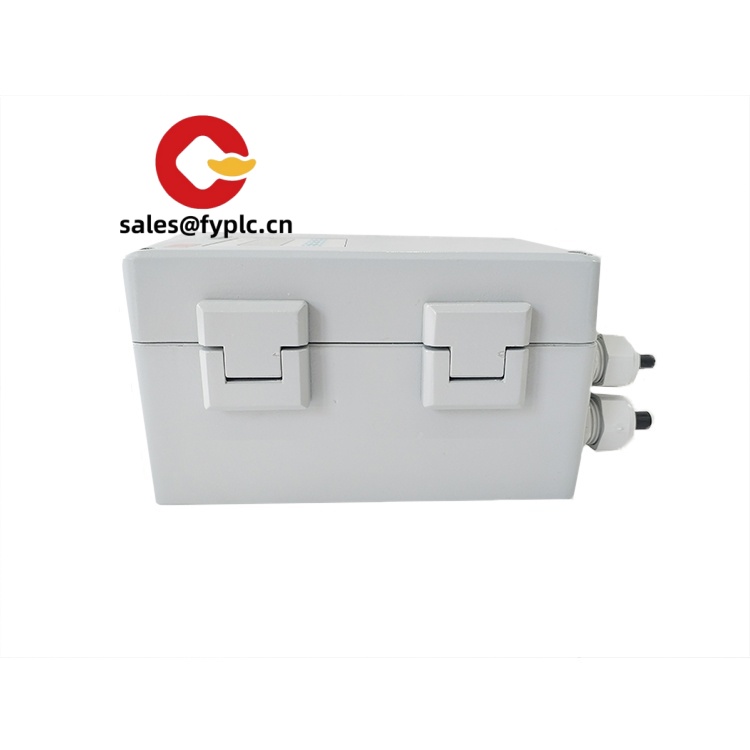
The ABB PFEA112-65, ordering code 3BSE050091R65, is a dedicated tension electronics module used with ABB Pressductor and pillow-block load cells to measure and stabilize web or strip tension. In many cases it sits inside a cabinet near the machine frame and delivers fast, filtered tension signals to drives or PLCs for closed-loop control. From my experience, it’s chosen when customers want stable, low-drift measurement with straightforward integration to existing lines.
You might notice that ABB’s PFEA series tends to prioritize robustness over bells and whistles: precise signal conditioning, practical analog outputs, and reliable digital I/O for tare/zero/alarms. That’s usually what keeps converting, printing, film, and metals lines running without constant tweaking.
Order Placement Process and Guarantees
- Warranty: 365 days
- Lead time: typically 1 week if in stock; no more than one month at the latest
- Payment: 50% advance payment; full payment before delivery
- Express options: FedEx, UPS, DHL
Key Features
- Dedicated tension measurement – Optimized for ABB Pressductor and pillow-block load cells for stable, low-noise tension signals.
- Fast signal conditioning – Filtering and linearization designed for web handling and winding applications where response time matters.
- Analog outputs – Typically 0/4–20 mA and/or 0–10 V for hand‑off to drives, PLCs, or recorders.
- Practical I/O – Digital inputs for zero/tare/hold and relay outputs for alarms or status; keeps operator actions simple.
- Industrial power and mounting – 24 VDC supply and cabinet/DIN-rail installation for easy retrofit.
- Field integration – RS485 (Modbus/serial style) appears on many units; fieldbus options can vary by variant and firmware.
- Diagnostics – Status LEDs and basic fault reporting help maintenance teams troubleshoot quickly.
Technical Specifications
| Brand / Model | ABB PFEA112-65 (Order code: 3BSE050091R65) |
| HS Code | 903289 (Automatic regulating or controlling instruments and apparatus) |
| Power Requirements | 24 VDC nominal (typ. 10–15 W) |
| Operating Temperature | 0 to +55 °C (typical industrial environment), non‑condensing humidity |
| Signal Inputs | Bridge-type force transducers (ABB Pressductor / pillow-block load cells); 1–2 channels depending on configuration |
| Signal Outputs | 0/4–20 mA and/or 0–10 V analog (scaled tension); digital outputs/relays for status/alarms |
| Communication Interfaces | RS485 (Modbus/serial-style interface on many variants); fieldbus options may vary by firmware/hardware revision |
| Installation Method | DIN-rail (EN 60715) or panel mounting inside control cabinet |
| Dimensions & Weight | Compact module; commonly around 160 × 110 × 45 mm, approx. 0.6 kg (typical, may vary by revision) |
Application Fields
- Paper and film converting – closed-loop unwind/rewind tension control tied to drive speed.
- Flexible packaging and printing – smooth tension through splices and diameter changes.
- Metals processing – strip tension measurement on payoff/take-up stands for steel and aluminum lines.
- Textiles and nonwovens – consistent web handling to reduce wrinkles and scrap.
- Wire and cable – payoff tension stabilization to improve diameter consistency.
Advantages & Value
- Reliability in harsh environments – Electronics designed for 24/7 lines; fewer nuisance trips means less downtime.
- Compatibility – Works with ABB Pressductor load cells many plants already use; easy analog handoff to drives/PLCs.
- Lifecycle cost savings – Stable zero and drift performance reduce re-calibration; simplified wiring lowers integration time.
- Technical support – Documentation and firmware tools are straightforward; we can help verify the correct variant before shipping.
One thing I appreciate is how quickly maintenance teams adapt to the PFEA interface. A converting customer recently swapped a failed unit with this model, reused their existing load-cell wiring, and had the drive back in closed loop within an hour. The auto-zero and stable analog outputs saved them an entire shift of troubleshooting.
Installation & Maintenance
- Cabinet & environment – Install in a clean, ventilated control cabinet; allow airflow around the module. Keep away from high-EMI sources and motor power cables.
- Power & grounding – Use a stable 24 VDC supply with proper protective earth. Separate analog signal grounds from noisy power returns when possible.
- Wiring – Twisted, shielded pairs for load-cell and RS485 lines; terminate RS485 at the bus ends. Keep sensor leads short and routed away from VFD output cables.
- Safety – De-energize before wiring; verify correct polarity and shield termination. Use fusing or a DC breaker sized to the module’s consumption.
- Routine care – Periodically check connector tightness, clean dust, verify zero/tare, and review calibration against a known load. Firmware updates may be available depending on revision.
Quality & Certifications
- CE compliant; RoHS conformity typical for current ABB industrial electronics.
- UL recognition is commonly available on ABB control modules; confirm marking by revision if needed.
- Manufactured under ISO 9001 quality systems.
- Manufacturer’s standard warranty typically 12 months; our supply warranty is 365 days as stated above.
Tip: If you’re replacing an older PFEA unit, share the existing firmware/hardware revision and your load-cell model. We’ll cross-check compatibility (I/O scaling, communication, and mounting) so the swap is as close to plug-and-play as possible.

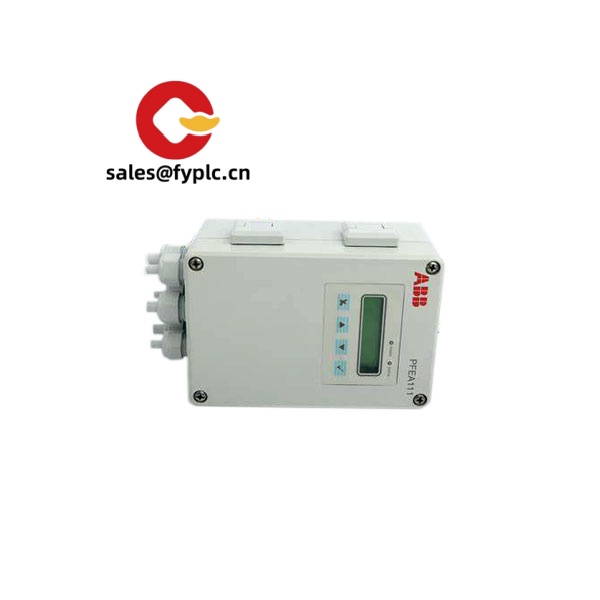
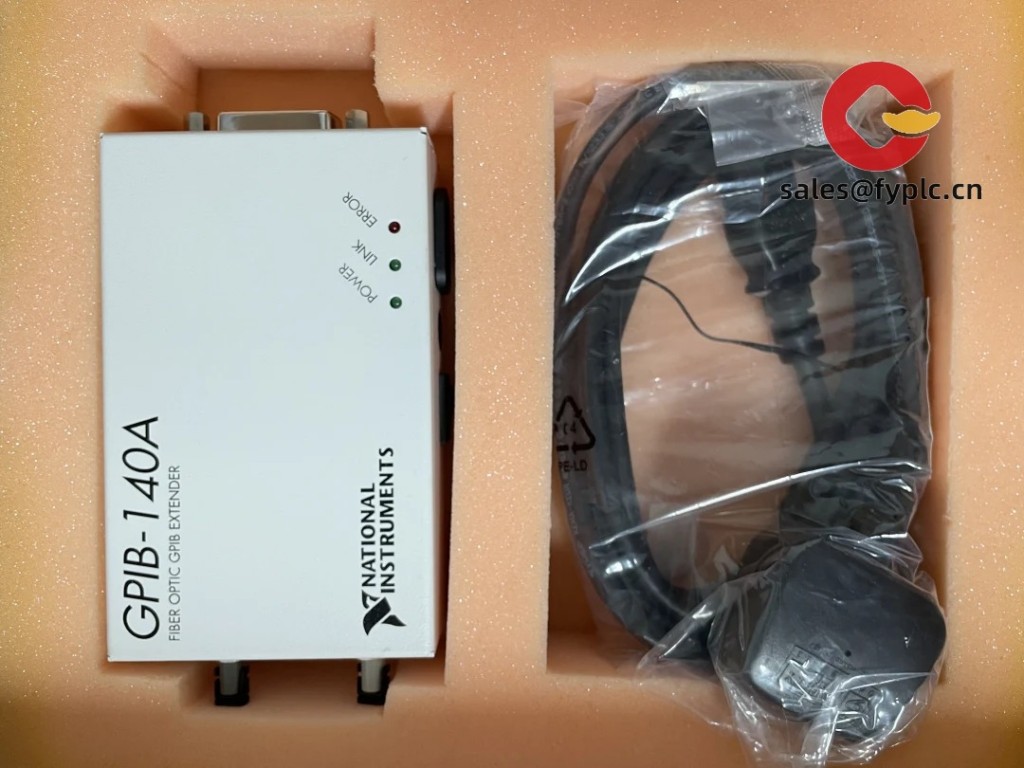
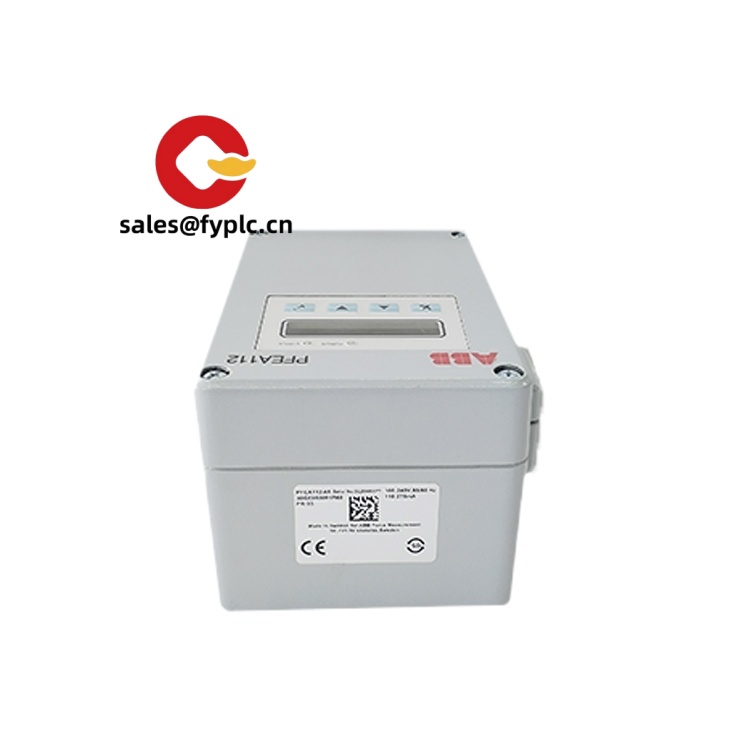

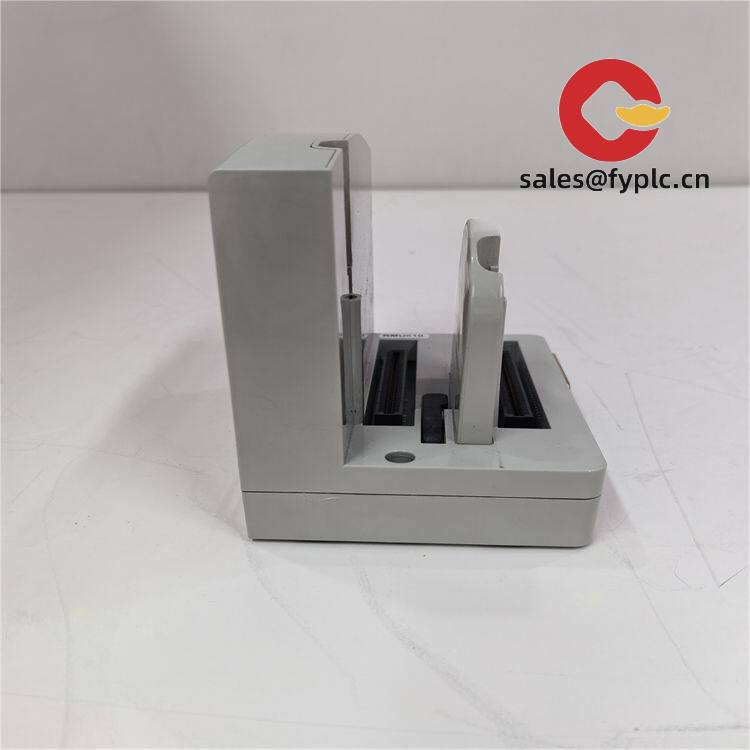
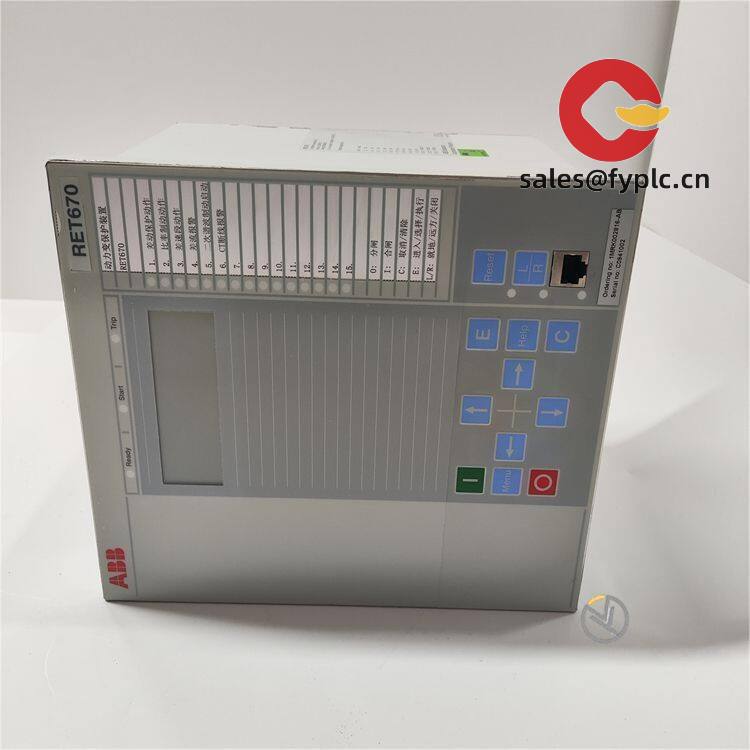
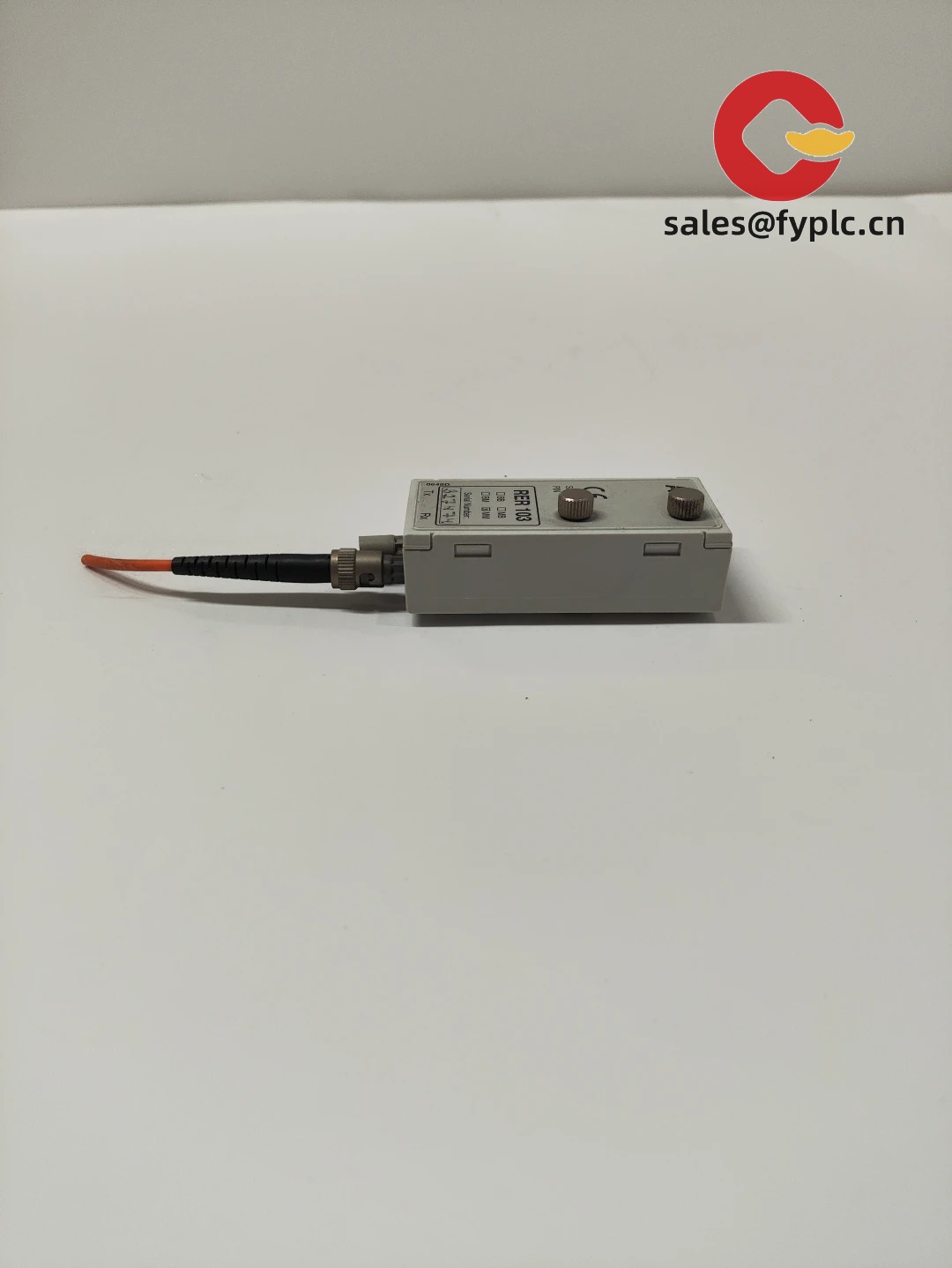
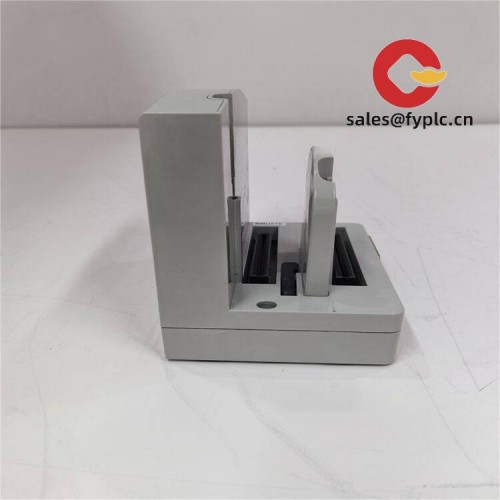
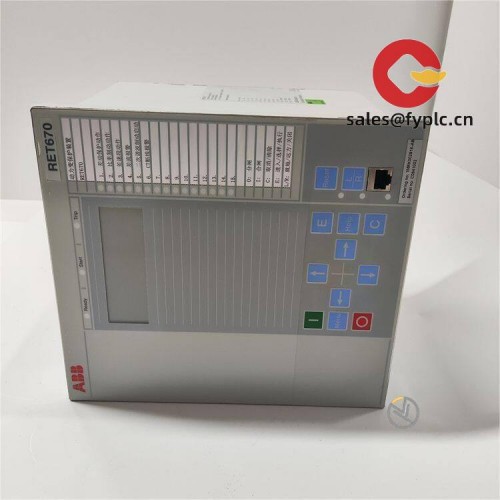


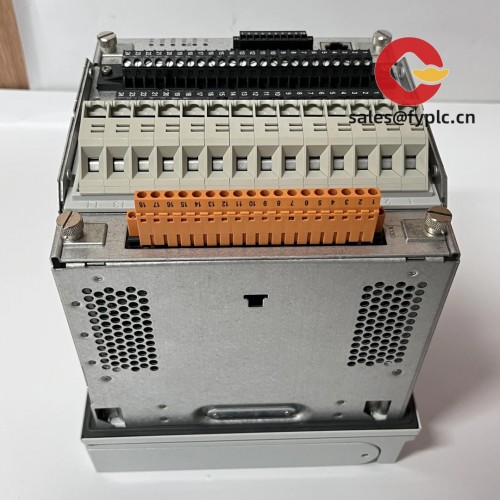


Reviews
There are no reviews yet.